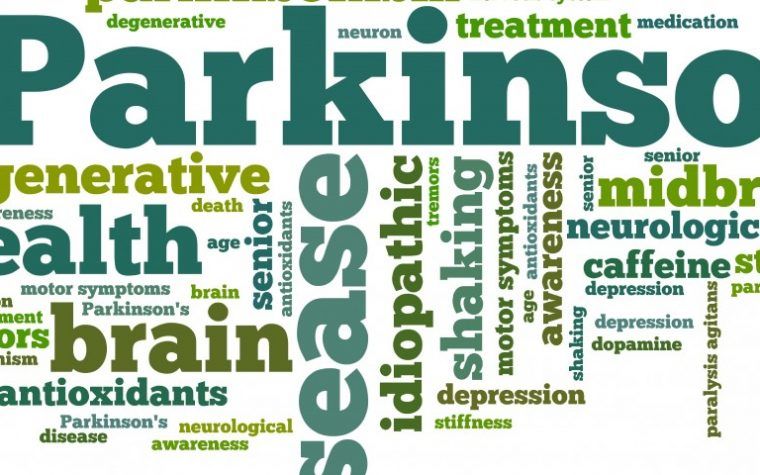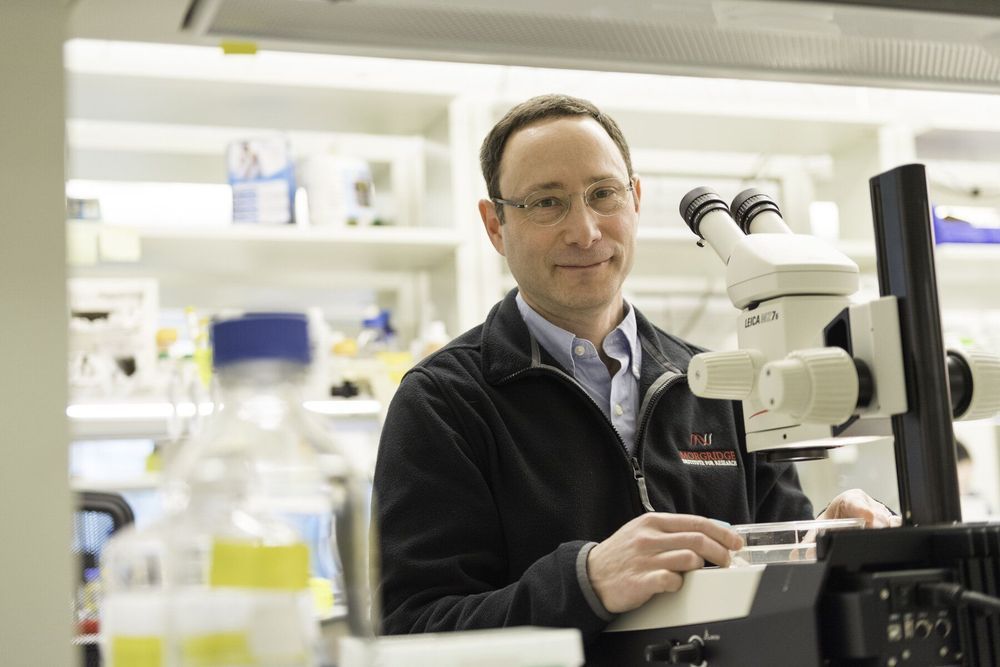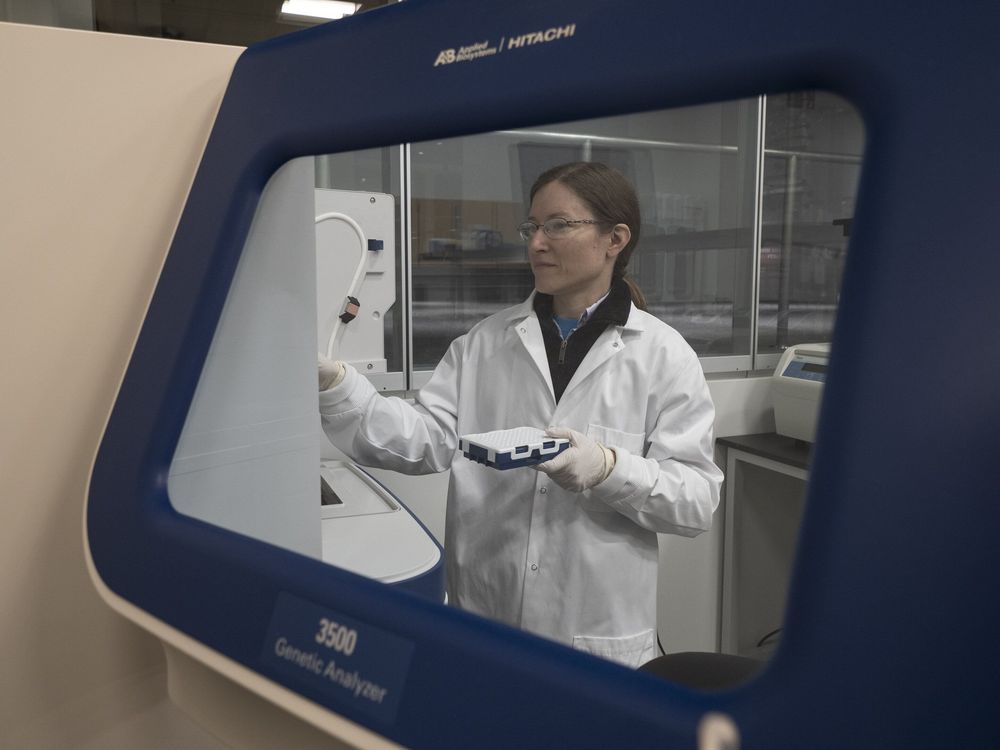In this episode of “Hello World,” Ashlee Vance travels to Svalbard — an archipelago located at 80 degrees north — to participate in some doomsday preparation with GitHub CEO Nat Friedman.
#HelloWorldBloomberg #Svalbard
——-
Like this video? Subscribe to Bloomberg on YouTube: https://www.youtube.com/Bloomberg?sub_confirmation=1
Bloomberg is the First Word in business news, delivering breaking news & analysis, up-to-the-minute market data, features, profiles and more: http://www.bloomberg.com
Connect with us on…
Twitter: https://twitter.com/business
Facebook: /redirect?q=https%3A%2F%2Fwww.facebook.com%2Fbloombergbusiness&redir_token=9612XERxgwC_VdiyPL4L0lsfm0h8MTU3MzgxNDYzN0AxNTczNzI4MjM3&event=video_description&v=nIKrG3-WpAk
Instagram: /redirect?q=https%3A%2F%2Fwww.instagram.com%2Fbloombergbusiness%2F&redir_token=9612XERxgwC_VdiyPL4L0lsfm0h8MTU3MzgxNDYzN0AxNTczNzI4MjM3&event=video_description&v=nIKrG3-WpAk
Twitter: https://twitter.com/business
Facebook: https://www.facebook.com/bloombergbusiness
Instagram: https://www.instagram.com/bloombergbusiness/







